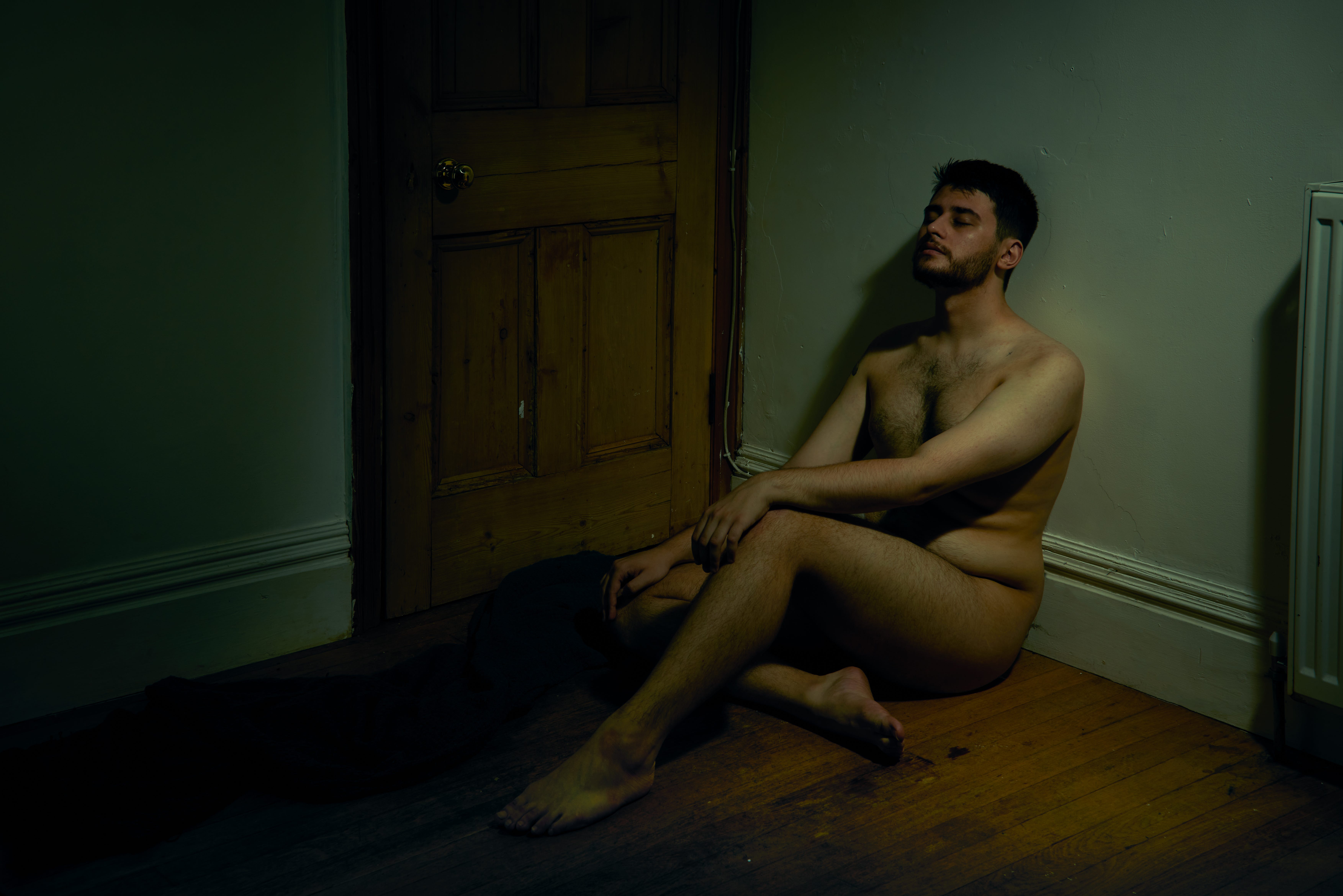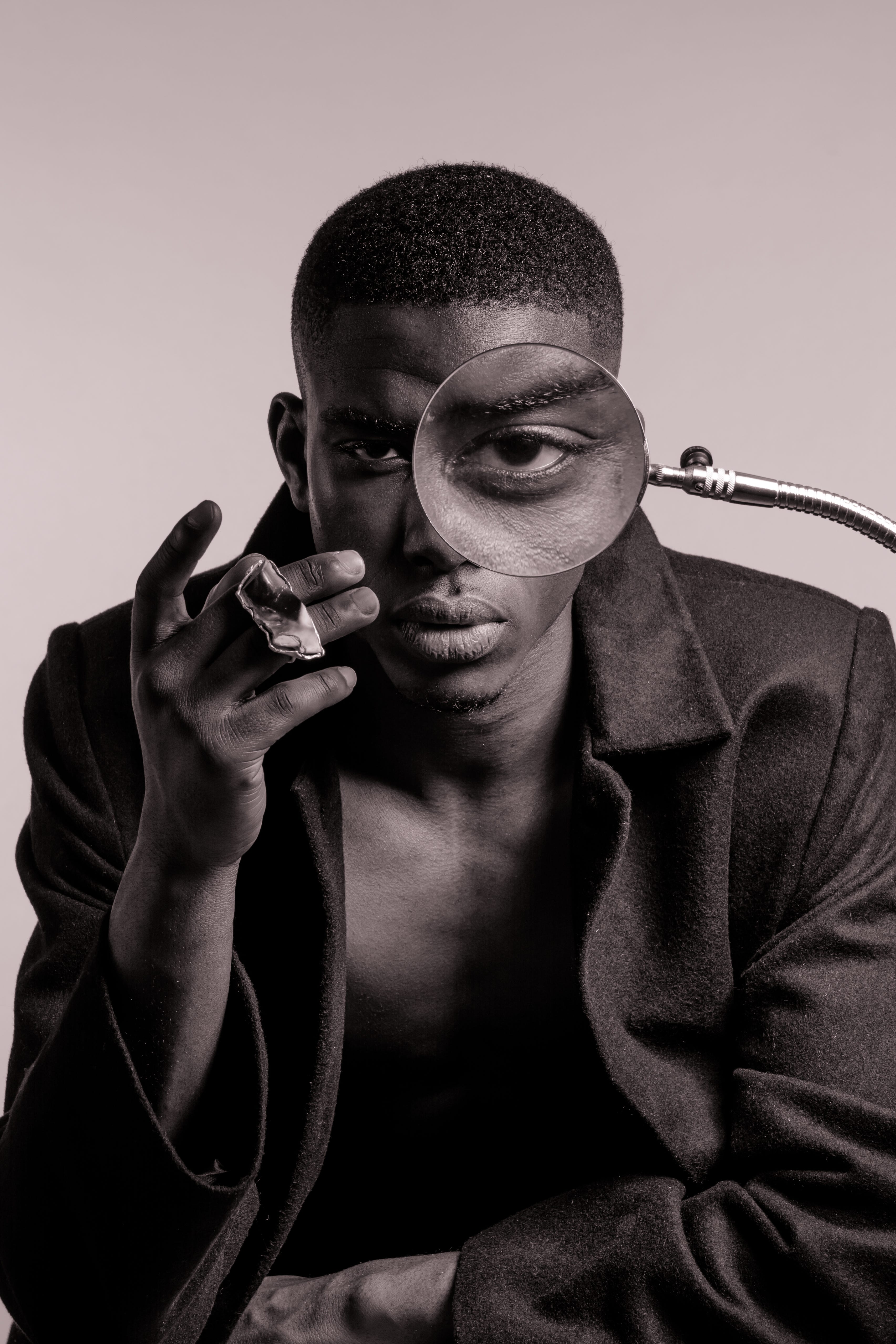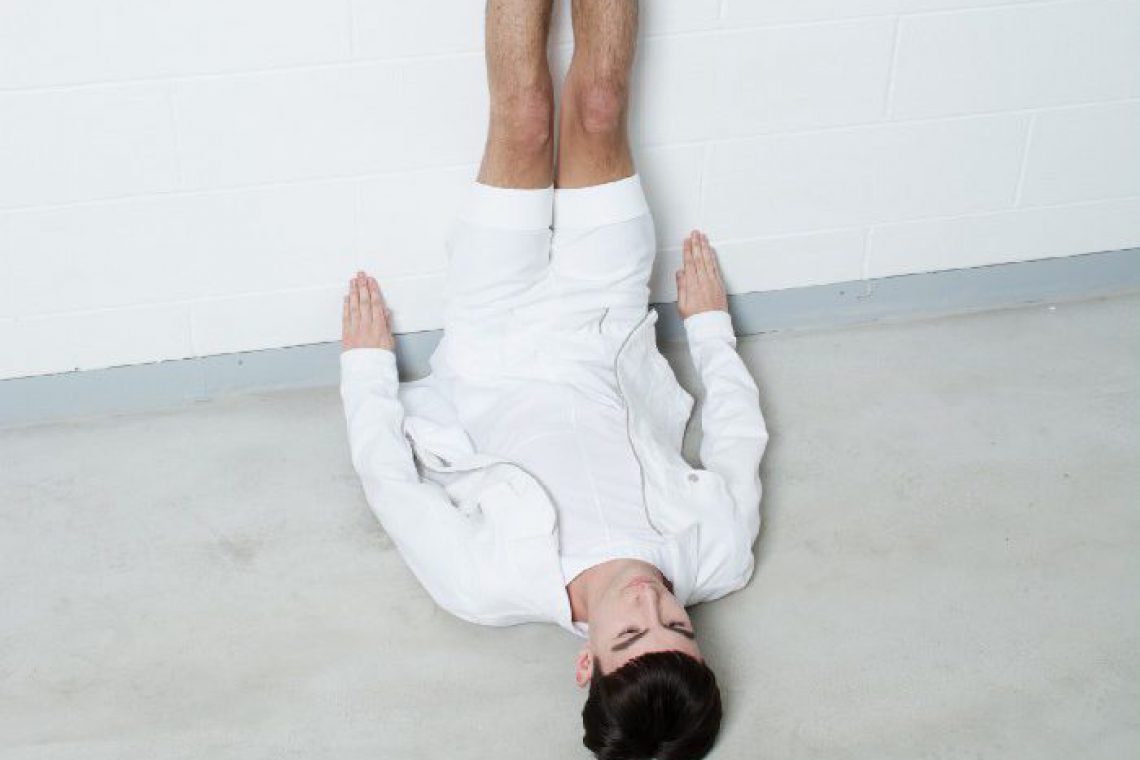JC is commercially a fashion photographer, but he also uses his platform and blog for something bigger: spreading awareness on the mental health topic.
JC Candanedo is a London based photographic artist working commercially in the fashion and beauty industry, with clients ranging from designers, production companies to beauty brands. He is also a RYDE client. In his personal work, though, besides his fashion facet, he uses photography to explore social issues like Human Rights, Mental Health, and National Identity through his blog.
Mental health is a topic that has received much attention during the current COVID19 pandemic. The financial, emotional, and mere uncertainty stress made the world pause back and introspected the value of their mental strength, which has never been so discussed in the last years like now.
We interviewed JC about his passion for social issues, the importance of bringing awareness to the mental health subject, and how he uses photography to address it.
How do you see the role of photography in supporting and advocating for mental health?
I think photography has an important place in working towards improving our communities and can be used in so many different ways.
Photography can be used to raise funds and campaign for the issues that we care for. It can also be used as a way of raising awareness of those issues so that the viewer questions their own assumptions about what other people go through.
Photography can also serve as a tool to help those affected by those issues so that they can deal with their own realities. In the specific case of mental health problems, photography is widely used to treat memory diseases or body image issues, for instance.
And, with photography, you can empower the members of the communities who are affected by those issues and give them a voice and a way of documenting their own experiences.
Every time we press the shutter, we have the option to use the tools of our trade to send an empty message or to use them to bring another layer into our images and work on something meaningful. I choose the latter.
Was there any situation when you saw your work had directly impacted someone or sparked a change?
In general, any photographer who takes portraits of people for a living might relate to this. Whenever I take someone’s portrait and they see themselves through my eyes they become aware of their own beauty.
Humans make up an image of themselves according to how other people see them because we can’t ever see ourselves properly unless we see our reflection in the mirror. And every time that we look in the mirror, we see an inverted image of our face and body. Only other people can see us the right way around.
When you find yourself in front of a photographer who values humanity, someone who is body positive and someone who is present with you appreciating you for who you are, your life is changed forever.
Sometimes, we are not aware of the way our work impacts those who are featured in our images or the lives of the people looking at them. Photographs are powerful, and I want to use that superpower to make this world better.

When did you decide to photograph issues related to mental health? What situation triggered you?
Before becoming a photographer, I worked as a project manager for 20 years in different industries from telecommunications to hospitality to consumer electronics to fashion. In the last 7 years in that career, I worked for a fashion house and that is why when I became a photographer I decided to keep working in the fashion industry.
I had seen with my own eyes the level of burnout experienced when you work in supporting roles within the industry, but working as a photographer has given me backstage access of sorts to witness the strain induced on those who have the leading roles.
Subconsciously, I started working on Mental Health related projects after seeing the unethical practices that took place all around me. And that got me really interested in exploring the human condition from different perspectives.
How do you define the position of awareness about mental health overall in the world?
We are going through a phase in humanity when we are dismantling all these preconceived notions about vulnerability and about what mental strength means. It has come hand in hand with the realization that our toxic practices in the workplace are making us more susceptible to experiencing mental health issues. More and more, governments and employers understand that having healthier individuals means happier communities.
As artists, it is our role to look around us and study the world that we inhabit to present our interpretation to our audiences. Over the last few years, we have gone back to being grassroots advocates for the causes that we believe in, and we have made it our goal and responsibility to raise awareness about them. When we use art to make people aware, we are giving them knowledge about the issues that we care for, and we encourage them to be concerned and inform themselves better.
The more we talk about mental health, the more we will know about how to take care of ourselves and those we care for.
“The stigma is vanishing and the world is becoming a more understanding place to be in”. Admittedly, there are a lot of potholes that need to be filled, and people need to get better, but it is still much tolerant of mental health issues. Do you agree?
We are slowly moving away from stigmatizing mental health issues, and we have started to acknowledge that our mental wellbeing is as important as our physical one. It used to be the case that people would be afraid of even considering that they might be struggling with their mental health because of the social consequences. The only people who were brave enough to speak out were deemed as unstable or weak.
Nowadays, at least in the western world, we are not only seeing more openness and understanding towards those who are going through mental health issues but also we are more aware that it is vital to take care of ourselves both physically and mentally.
As a photographer for almost a decade, do you see a wave of improvement from the industry’s point of view?
I most certainly do. When I started out, I knew nothing about the importance of taking care of your mind as much as your body. And there were not the tools and the vocabulary that we have today to express how we feel but also to know how to be supportive to others. You can now see people opening up about their struggles and there seems to be a level of empathy and understanding that we didn’t have 10 years ago.
Admittedly, there is so much more that we can do. And that is why I am so passionate about raising awareness about it.
What are the aspects that the industry needs improvement to make it a better and healthier place to operate in?
The improvements needed in the industry should start with the individual. We must assess how our practice is impacting our mental health and the mental health of those around us. We have to start by asking ourselves a plethora of questions: how am I treating myself? How am I treating others? Am I paying everyone fairly? Am I giving others equal opportunities? Is my practice exploiting anyone? Does my business use bullying tactics to keep its share of the market? Am I supporting clients, suppliers, or organizations with unethical practices? How is my work impacting the world?
Once you have done your self-assessment, it is easier to look around you and assess the industry to start having conversations about how your work is impacting the wellbeing of others. The same way that we are now having so many conversations about bias and racism; we must keep the talk about mental health alive.
All the organizations within the industry should have at least one person with the proper training to act as an internal mental health advocate.

Creative Block & Mental Health — the tricks and tips are not always working. What is your go-to mantra when a situation of such arises?
I’ve always believed that creative block comes from wanting to be perfect all the time. We are programmed to strive for perfection since the minute we enter the world. First in Class, Employee of the Month, Who Wore It Best. We are not taught to experiment and fail and I think this is the reason we sometimes freeze in front of the blank page.
If you are facing a creative block, my advice is to approach your project with an experimental spirit. Take away the pressure of having to produce the best work you’ve ever made and just start making. The story will write itself if you acknowledge that there is always a lesson in failure.
It is better to produce something that you don’t like but that teaches you something than not to produce anything at all. Do, Err, Learn, Repeat.
Photography is not just like mindfulness; it is mindfulness. How does photography help you in such certain times?
As a photographer, you spend a lot of time on your own with your camera. Your eyes are trained to not only look at the world but also to see it. And this forces you to be always present at the moment, aware of your surroundings but also acknowledging your own feelings towards what you are photographing.
Our work is a reflection of ourselves and of the times we are living. Sometimes, you can’t fully process how you feel about a certain situation until you explore it through photography. Other times, you use your work as a form of escapism from your own reality. In both cases, photography is the perfect tool to get to know ourselves better.
You sure are doing a lot — workshops, writing, and being a supportive colleague. How do you see yourself, and what are your plans in the future to contribute to the issue?
Depending on the part of the industry that you work in, photography can be a very lonely career. That is why, to me, the sense of belonging to a community is so important. When you have a group of highly creative and motivated people coming together, the synergies between the members of the community produce an environment where they can all thrive. So, I try my best to play a part in providing support for my peers and for those coming new into the industry. Paraphrasing JFK, ask not what the industry can do for you — ask what you can do for the industry.
I am currently working on two projects that I hope to deliver in 2021. One of them explores our relationship with our communities, especially in the times we are living when human interaction may seem infectious. The other one is a project exploring mental health and invisible disabilities, particularly those affecting our memory and the way our brain stores and retrieves information.
— — — —
JC wants to make this world a better place, and he uses photography as a tool for the same. He is a member of the Association of Photographers — AOP and the Humanists UK, A Student’s Career Mentor at Kingston University, and a founding member of Out For Good, an LGBT+ organization supporting the community, breaking down barriers, and making a difference throughout the UK.
As he has wisely said in his blogs, “if art is a communication channel, then photography is the language that we use to encourage others to question their own realities. When words are not enough, our work gives shape to our thoughts, concerns, and emotions.”
The value of emotions is what shapes one’s encouragement and healthy well being — mentally and physically. It’s time to respect it, introspect it, and support it for a brighter future in every industry and human being.

You can see more of JC’s work here: https://www.jccandanedo.com/
Interview and article by our Community Manager, Sheena Rajgarhia.
Have a story to share? Reach out to us and let’s talk!

